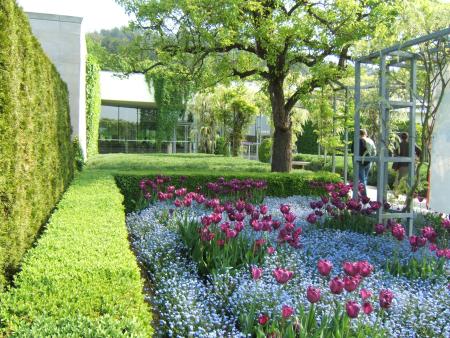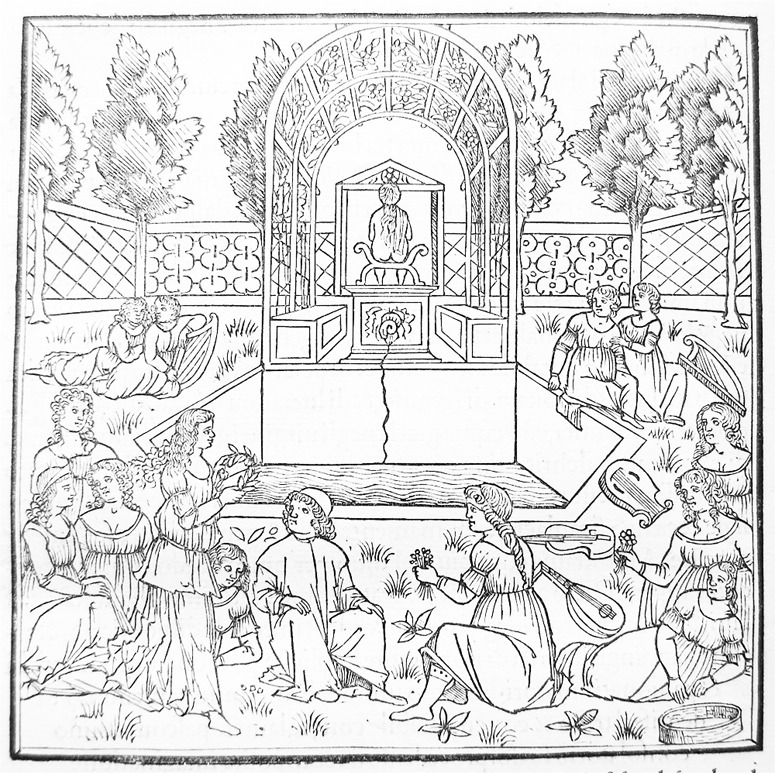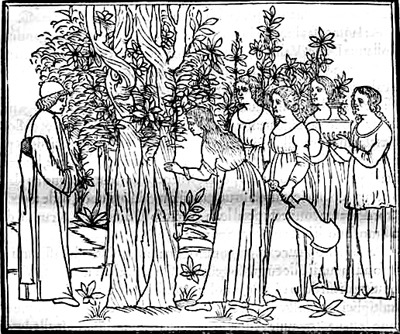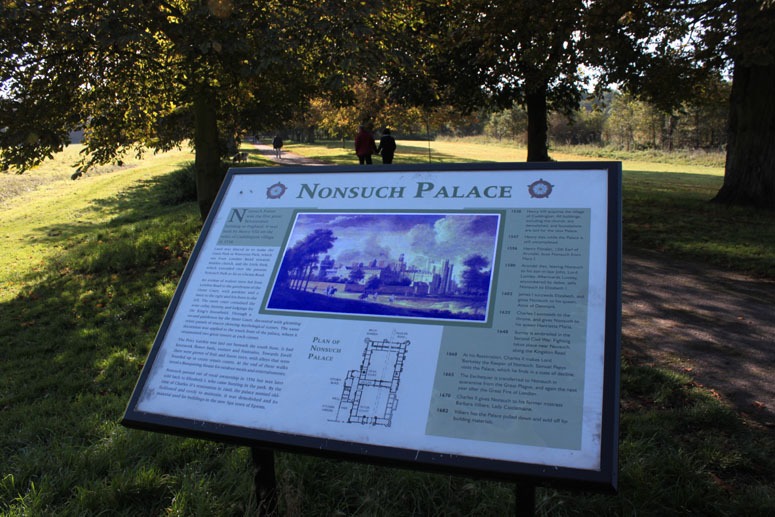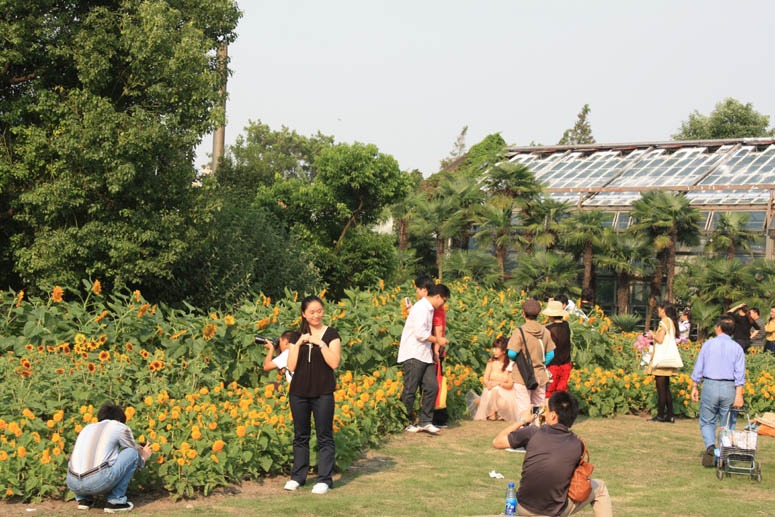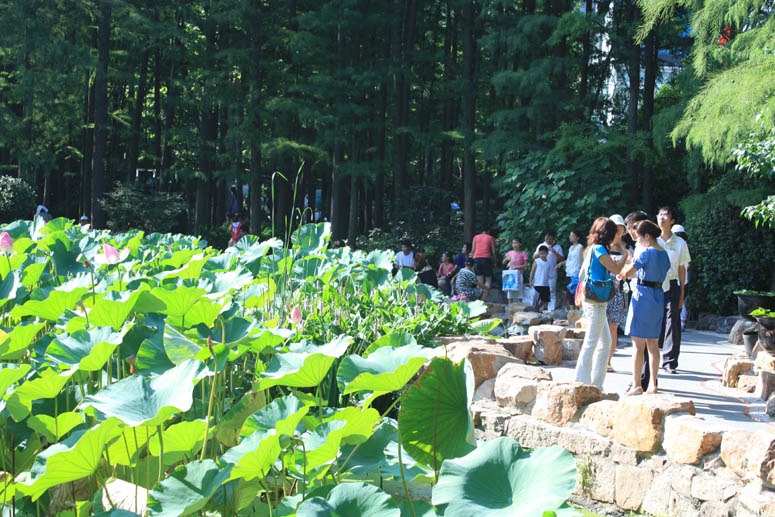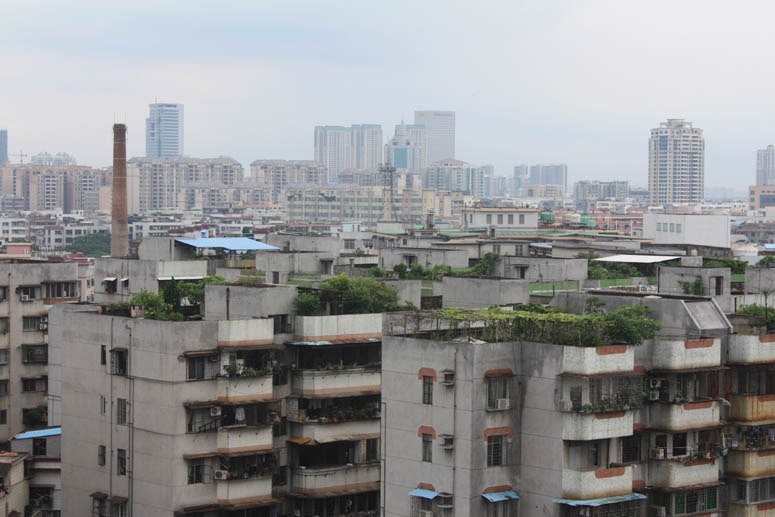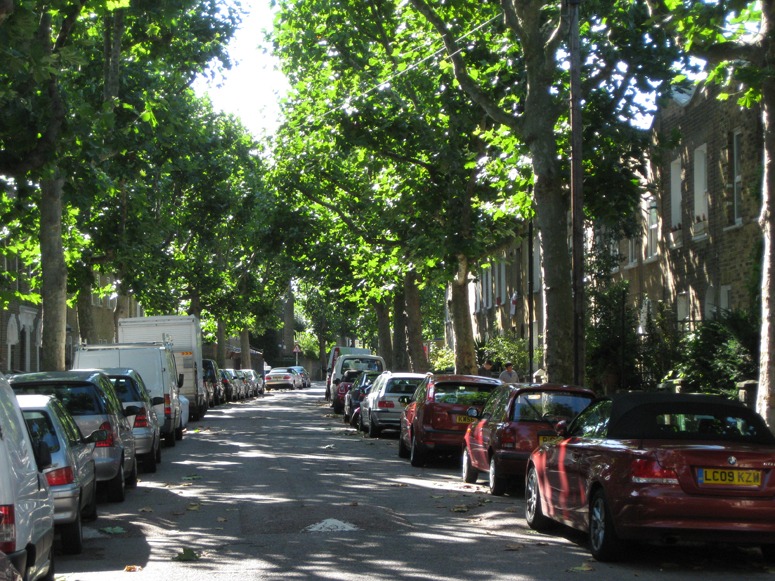
Alma Grove is a survivor of the Metropolitan Borough of Bermondsey street beautification policies of the 1920s and 1930s. Then such street beautification was seen as part of public health provision, along with backgardens for tuberculosis sufferers, window box competitions, public parks and gardens, municipal bakeries (to combat adulteration of flour) and medical provision under the mayorality of Dr Alfred Salter
Wikipedia has good entries on Global Warming and the Greenhouse Effect. The Intergovernmental Panel on Climate Change summarizes the arguments, details the scientific data and provides a Summary for Policy Makers. The IPCC was established by the United Nations Environment Programme (UNEP) and the World Meteorological Organization (WMO). The greenhouse effect is fundamental to climate change theory. It is the process by which radiation (light and heat) reflected by the surface of the earth is absorbed by atmospheric gases. Greenhouse gases include water vapour and carbon dioxide. They transfer this reflected radiation to other components of the atmosphere and it is re-radiated in all directions, including back down towards the surface. This transfers energy to the surface, so the temperature there is higher than it would be if direct heating by solar radiation were the only warming mechanism. Nicholas Stern made an authoritative review of the economic arguments for dealing with global warming in 2006: The Stern Review on the Economics of Climate Change and concluded that the benefits of strong, early action on climate change considerably outweigh the costs, so that 1% of global gross domestic product (GDP) per annum should be invested to avoid the worst effects of climate change. Otherwise we risk global GDP falling by 20%.
So what does this mean for urban designers and landscape architects? Here is an unranked list:
- plan ecological corridors to promote migration of flora and fauna,
- conserve water, use drought-tolerant plants and change methods of cultivation,
- use shade structures (e.g. roadside trees) to promote human comfort,
- design high albedo (= light reflective) surfaces to combat heat island effects
- plan landscapes for coastal retreat,
- install sustainable urban drainage systems (SUDS)
- restructure agricultural and other landscapes as the tree line moves upwards,
- plan high density settlements to reduce energy consumption,
- promote the use of renewable energy,
- design afforestation schemes,
- include for recycling and composting in designed landscapes
- manage river basins to avoid flooding
- design green roofs
- use soil conservation and soil carbon sink policies
- use good design to promote cycling and walking
- use low embodied carbon materials, (e.g. use flexible paving not paving with a concrete base course)
- minimizing the area of paving, and built form,
- use low thermal conductivity materials e.g. avoid metal paving with a high thermal conductivity, and prefer timber paving with a low thermal conductivity;
- avoid smooth surfaces with a high thermal conductivity and prefer rough surfaces such as gravel or small unit paving (eg prefer riven stone setts to sawn stone setts)
- change the form of urban development (eg to avoid high rise and urban canyon effects),
- avoid thick pavements with a higher thermal storage capacity: e.g. avoid concrete bases to stone paving,
- increase the vegetation including parks and gardens, street trees and roof gardens,
- reduce waste heat emissions from buildings.
This list constitutes either ways to limit the increase in global warming by reduction of use and production of greenhouse gases or by ways to ameliorate the effects of such warming such as planning for river flooding in response to the extreme weather events, which are a characteristic of the warming process. For the discussion of the heat island effect refer to London’s Urban Heat Island: A Summary for Decision Makers Greater London Authority October 2006: “When a land cover of buildings and roads replaces green space, the thermal, radiative, moisture and aerodynamic properties of the surface and the atmosphere are altered. This is because urban construction materials have different thermal (heat capacity and thermal conductivity) and radiative (reflectivity and emissivity) properties compared to surrounding rural areas, which results in more of the sun’s energy being absorbed and stored in urban compared to rural surfaces. In addition, the height of buildings and the way in which they are arranged affects the rate of escape at night of the sun’s energy absorbed during the day by building materials. The result is that urban areas cool at a much slower rate than rural areas at night, thus maintaining comparatively higher air temperatures. Urban areas also tend to be drier than their rural counterparts because of the lack of green space, a predominance of impervious surfaces and urban drainage systems, which quickly remove water from the urban surface. This combination of effects alters the energy balance of the urban environment. Consequently in urban compared to rural areas, more of the sun’s energy absorbed at the surface goes into heating the atmosphere and thus raising the air temperature than into evapotranspiration (water uptake and loss by plants), which is a cooling process.” The heat island effect contributes to increased mortality rates for the old and the young such as in the hot summers of 2003 and 2006. See the list of GLA publications on the environment and in particular the GLA report on Living Roofs and walls, technical report: supporting London’s Plan Policy (2008). Also the US Environmental Protection Agency website. http://www.epa.gov/ (e.g. http://www.epa.gov/heatisland/index.htm and see http://cfpub.epa.gov/ncer_abstracts/index.cfm/fuseaction/display.abstractDetail/abstract/7339/report/0
In summary
- minimize inputs,
- minimize outputs
Therefore
- promote energy efficiency= densification, transport, sustainable production
- promote waste efficiency= re-cycling and re-use
- promote food efficiency= local production.
Further references: (1) the Dutch National Waterplan is an excellent example of landscape architects being effective at a national scale is (2009) (2) Michael D. King, Parkinson Claire L., Partington Kim C. and Williams, Robin G. Our Changing Planet, the View from Space. Cambridge University Press:2007 (3) Mathis Wackernagel and William Rees Our Ecological Footprint Gabriola Island, New Society Publishers: 2007 (4) Robert Kunzig and Wallace Broecker Fixing Climate The story of climate science and How to stop global warming London Profile Books Ltd.:2008 (5) Centre for Alternative Technology Zerocarbonbritain2030 Machynlleth, Centre for Alternative Technology Publication: 2010 http://www.zerocarbonbritain.com/

